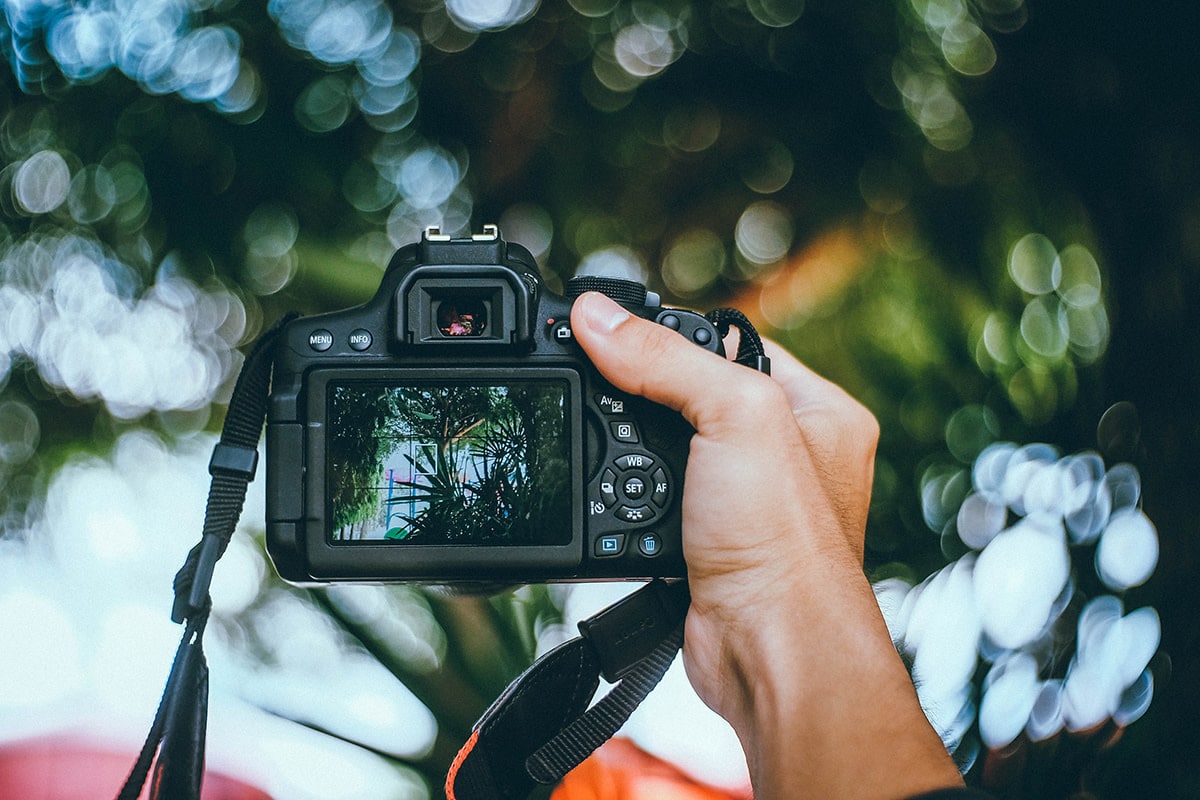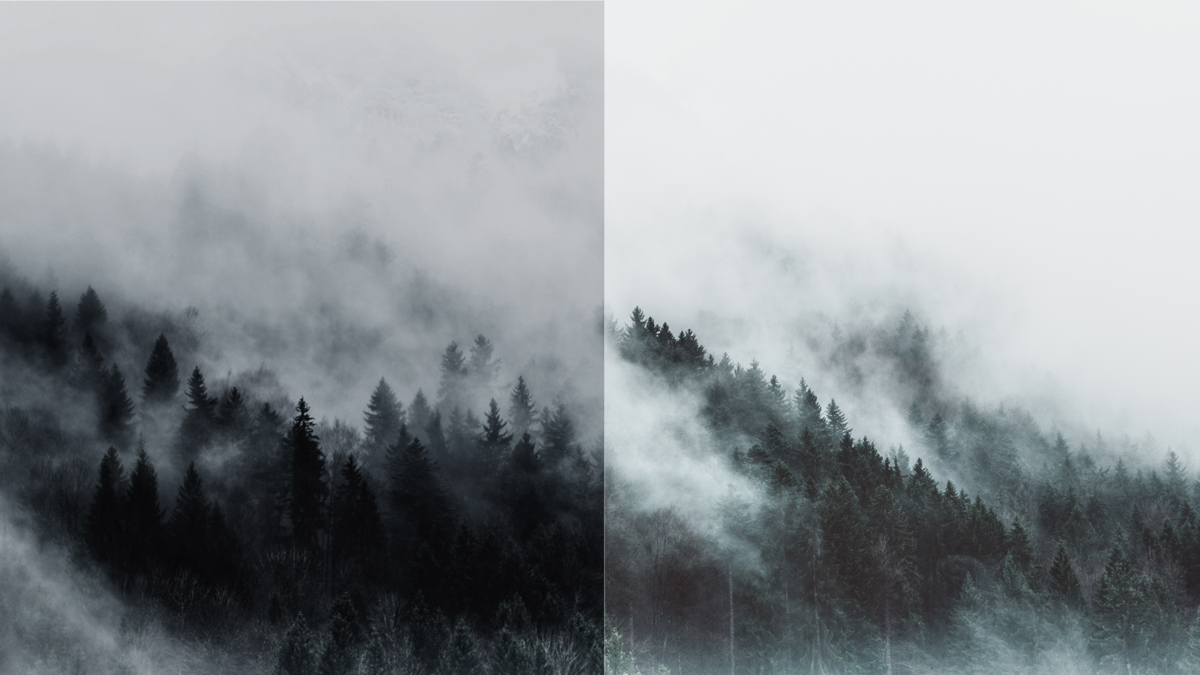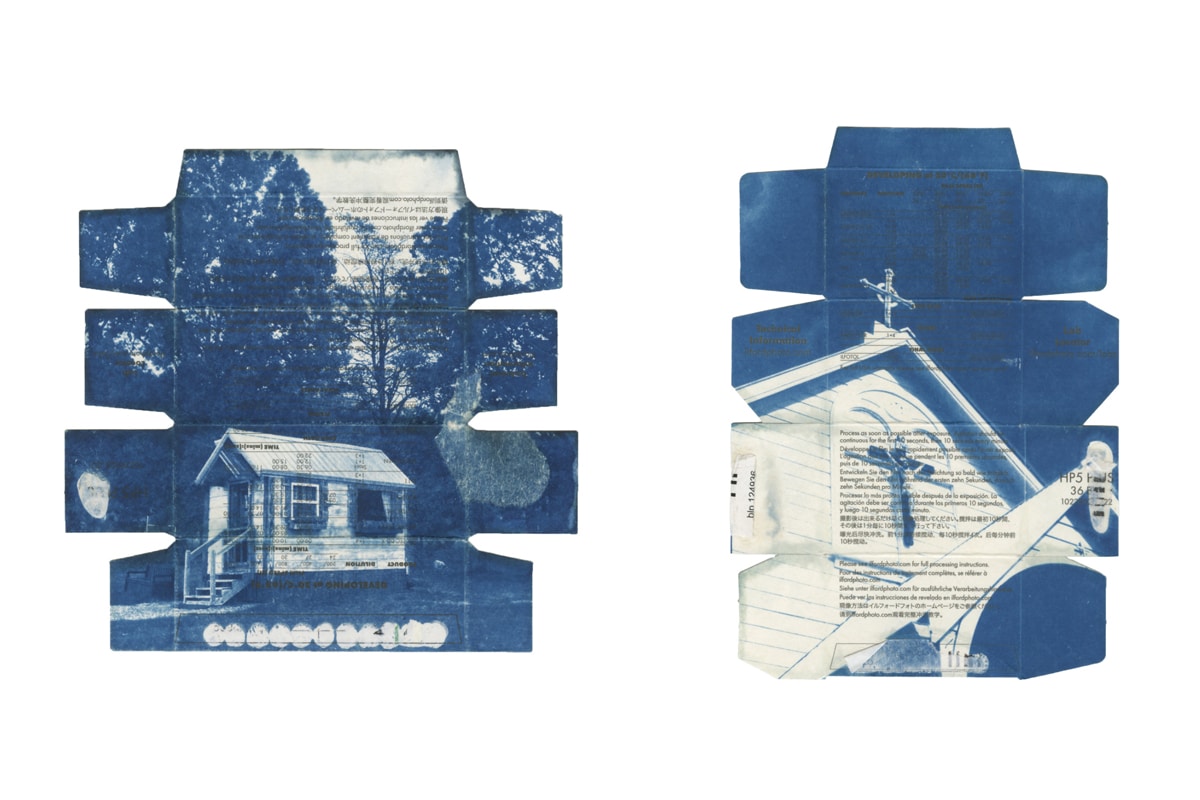Imagine, for a moment, that a photograph you took of an incredible city skyline sunset has gone viral on social media, with hundreds of shares and comments. Then the phone rings: it’s someone wondering if that’s your photo, and can they use it on their website? You’ve never had anyone ask to use your image in this way before, and you’re wondering what to do next.
Welcome to the wonderful world of stock photography licensing, where you own your photos and charge other people for using them. It can be a confusing world to navigate, but once you learn the ropes and find some valuable tools to guide you, selling stock photos can be a great way to generate some additional income from your photography.
To help you find your way, we’re going to look at some of the basics, including: copyright and ownership, how to price your stock photography, and the basics of stock photography contracts.
If you’re looking to learn more about the basics of stock photography before delving deeper into this article, make sure to check out our stock photography guide for beginners first.
Copyright
Copyright is the term for the legal right that gives the creator of an original creative work exclusive rights over its use and distribution. Copyright is different in every country, but in Canada and the United States it’s much the same when it comes to photography: photographers are the first owners of the images they produce. The only exception is in a work-for-hire situation, where you are being paid to produce work that belongs to your employer.
So, as soon as you push the shutter button, the image you create legally belongs to you. You get to decide how it can be used, who can use it, and what the terms of that usage will be. Nobody can use that image without your express permission. And when someone reaches out to ask you for that permission, you get to set the terms.
Read more about copyright here.
Pricing your stock photography
The benefits of licensing your images through an agency or through online stock photography sites are many: the agency sets the prices, promotes your images, delivers them to the customers, and sends you payment. It’s easy and simple, but you pay for it through the significant cut the agencies take from your licensing fees.
When you have the opportunity, licensing images on your own can mean a lot more money. But you have to do the legwork, and pricing your images is part of that process. Establishing a price for your stock images is a negotiation process, and it’s a bit subjective. You need to ask a bunch of questions, of yourself and the client.
Let’s start with the questions you should ask yourself. How unique is your image? Are there a whole bunch of other similar images out there, or is this photo something special that a client would have a hard time finding elsewhere? And how high is the quality of the image? Is it sharp, well-lit, and high enough resolution for quality print purposes? Your answers to these questions will help you establish the potential demand for the image.
Then there’s the client side. Here are the basic questions you need to ask of the client to figure out how they want to use the image, to inform what your price should be.
- How will the image be used? (Website, brochure, magazine ad, billboard, etc.)
- At what size will the image be used? (Pixel-width, quarter page, half page, website/Facebook banner, etc.)
- In the case of print usages, how many copies will be printed?
- For how long will the image be used?
- Do you plan to use the image elsewhere?
- What is the image being used to sell? And in what kind of market? (Local, national, international, etc.)
- What’s the size and structure of the company using the image? Is it a small local business, a non-profit organization, or a large corporation?
Read the beginner’s guide to pricing photographer here.
The Tools
So now you’ve got all this information, what do you do with it? There are some well-developed tools out there that let you enter in all or some of this information and come out with a price.
Getty Images
Getty Images has a great online tool for pricing rights-managed images, and it’s totally free. This calculator takes you through a three-step process that involves entering a lot of the information you collected through your questions above, and then spits out a recommended amount to charge for that usage. Like most stock pricing tools, Getty’s doesn’t consider variations for different local markets, so you’ll need to use your judgement and do some trial and error testing to find out what works.
Getty’s Calculator for Rights-Managed Images
Pixel Cents
Pixel Cents is a $3.99 app created by Melissa Welsh, a Victoria, Canada-based professional photographer. This app offers a simple solution for digital image pricing. You just input the intended usage, the number of pixels on the wide side of the image, and the resolution needed, and Pixel Cents gives you a low-to-high range of per-pixel prices based on industry standards. The app comes with a handy cost-of-doing-business (CODB) calculator, and Welsh offers a $25 e-book guide to using the app and running a profitable photography business.
Fotoquote
Fotoquote has been the industry standard for stock photography licensing for more than two decades. The most recent version, Fotoquote 7, comes equipped with more than 300 difference licensing categories, for both still images and video footage. Fotoquote 7 also comes with an assignment pricing tool, complete with a line item pricing option that lets you account for everything from drone operators to models. Fotoquote maker Cradoc fotoSoftware offers a limited 30-day trial of the software, but buying the full version will set you back $149.99.
Contracts
You’ve gathered information, put together a quote, and agreed on a price with your client. Now it’s time for the legalese. Having a stock photography licensing contract is essential to protecting your rights as the copyright holder. In their most basic form, licensing contracts establish:
- Who is the owner of the image
- Who has the rights to use the image
- The size of final reproduced image
- What usages are permitted
- The duration of usage allowed
- In what geographic region can the image be used
- The industry in which the image can be used
- Whether or not the usage is exclusive
Read our guide to writing freelance contracts here.
Every job is different, and these are just the basics of outlining a stock photography contract. There are many sample image licensing contracts available online that you can easily adapt for your own purposes. Read more about how to create a freelance contract here.
Plus, here’s a few more links about selling your photography:
How To Start A Successful Photography Business
Why Portrait and Wedding Photography Websites Need a Pricing Page
Should I Lower My Photography Prices?












